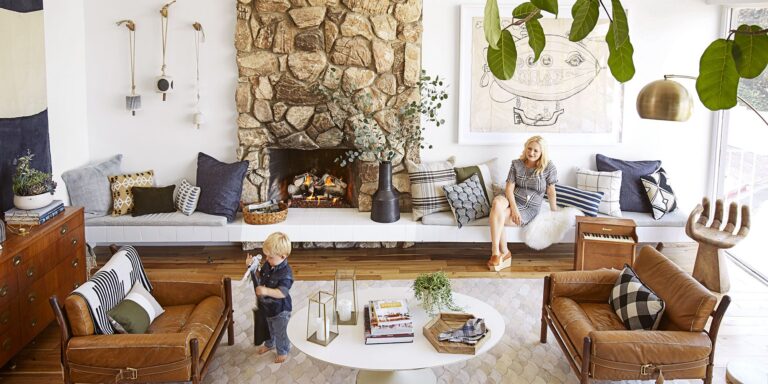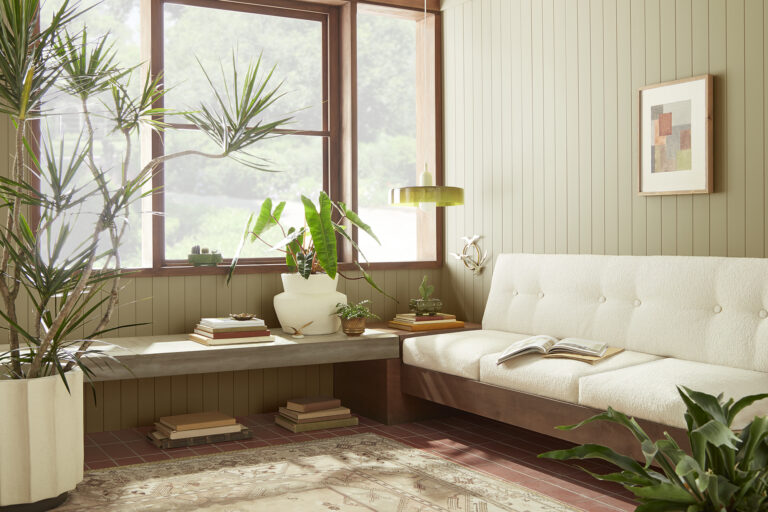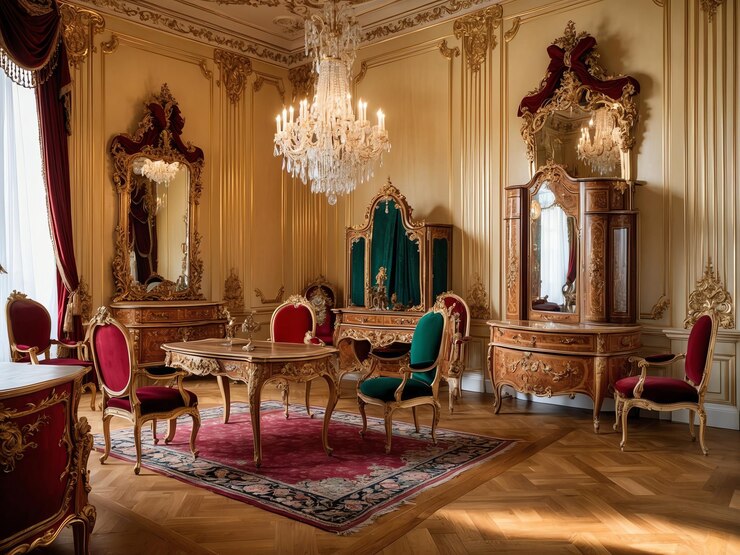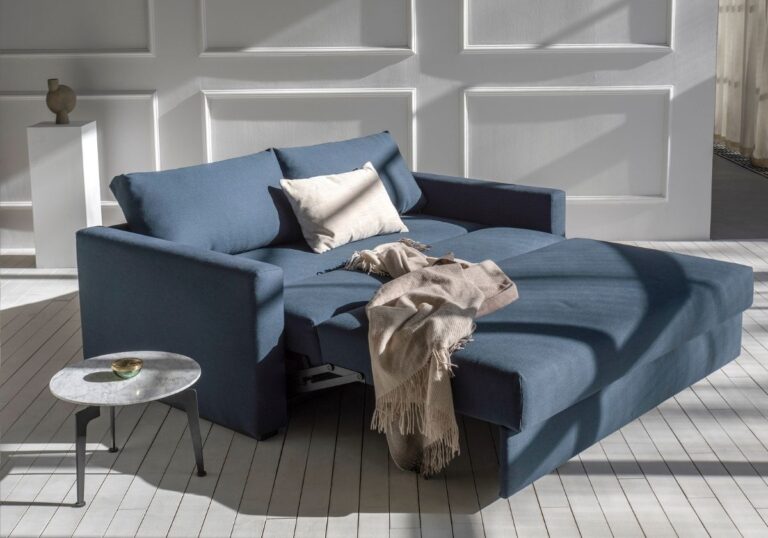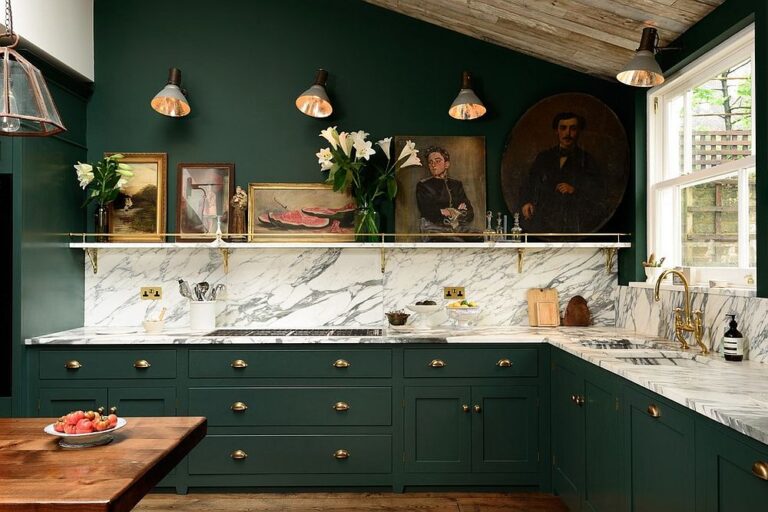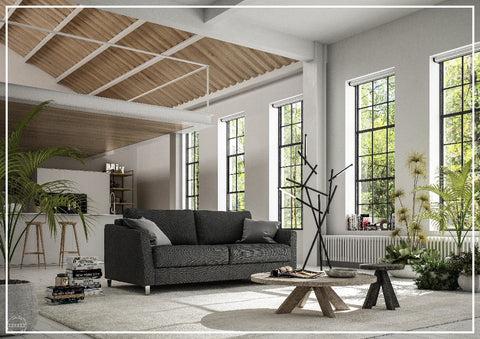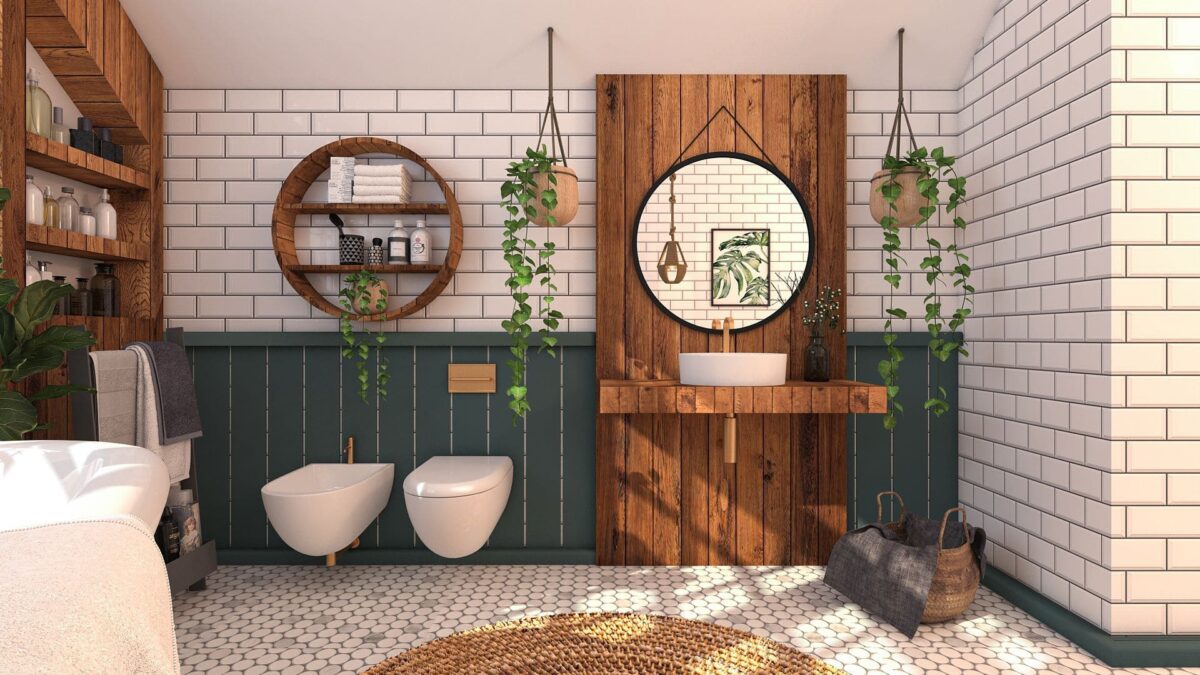In the waning autumn of 1775, as the evening sun cast golden hues across the Russian landscape, Catherine the Great stood in her palace, surveying a newly completed room. It was not the wealth of gold leaf or the intricate parquet floor that held her attention but a single chair. Crafted from the finest mahogany, it was an emblem not merely of comfort but of an empire’s grandeur. This was no ordinary piece of furniture; it was designed to project power, stability, and the refinement of a ruler determined to usher her empire into modernity. That chair, along with countless other pieces, would come to symbolize not only the lavish taste of Russia’s longest-reigning female ruler but also the subtle yet unmissable messaging embedded in every piece of furniture she commissioned or collected.
Throughout her reign, catherine the greats furniture passion for art and culture extended beyond paintings and literature. Her collection of furniture, curated with the discerning eye of a sovereign who understood the importance of image, was integral to her self-fashioning as an enlightened autocrat. This article delves into the furniture that adorned her many palaces, analyzing the styles, materials, and artisans behind them while revealing the subtle political messages each piece conveyed.
The Power of Furniture as Political Symbolism
To understand the significance of catherine the greats furniture, one must first understand the political climate of 18th-century Russia. Catherine ascended the throne in 1762 after a coup that deposed her husband, Peter III. As a German-born princess, she faced scepticism from both the nobility and the Russian people. Her response was to wield the power of culture as a tool for political legitimacy. In her mind, every aspect of her reign needed to reflect her vision of Russia as a major European power. This included not only her policies and military campaigns but also the very objects that surrounded her in her day-to-day life.
Catherine’s love for furniture was well documented, and her collection reflects her desire to align Russia with the cultural movements of Western Europe. She worked with renowned furniture makers from France, Germany, and England, commissioning pieces that were as much symbols of her rule as they were functional objects. The furniture in her palaces often incorporated classical motifs inspired by the ideals of the Enlightenment, signalling her position as a monarch in tune with the intellectual and aesthetic trends sweeping through Europe.
French Influence: A Nod to the Ancien Régime
One of Catherine’s most enduring inspirations was the French Rococo style, which had taken Europe by storm in the first half of the 18th century. Rococo furniture was characterized by its delicate, ornate design, with intricate carvings, curved forms, and asymmetrical patterns. However, as Catherine’s taste evolved, she moved towards the neoclassical styles that gained popularity after the Rococo’s decline, reflecting a shift towards a more serious, orderly aesthetic that mirrored her political aspirations.
One of the most significant examples of French influence in catherine the greats furniture collection comes from her relationship with Parisian ébénistes (cabinetmakers) like David Roentgen. Roentgen, renowned for his mechanical furniture pieces, created intricate desks and cabinets for the empress. These pieces, with their hidden compartments and secret mechanisms, were not only marvels of craftsmanship but also practical tools for the ruler of an empire. Catherine’s desks by Roentgen, made of fine woods such as mahogany, were fitted with gilt-bronze ornaments, a nod to both luxury and functionality.
Roentgen’s mechanical desk for Catherine is a masterpiece, with sections that could automatically open to reveal writing implements and compartments. This piece not only represented the epitome of European craftsmanship but also embodied the age’s Enlightenment values, combining art, science, and practicality in a single object. It reflected Catherine’s duality as a monarch: cultured and refined, yet intelligent and pragmatic.
Russian Artisans and the Creation of a National Style
While Catherine admired and imported a great deal of Western European furniture, she was also keen to promote the skills of Russian artisans. She encouraged the development of local craftsmanship, and her reign saw the establishment of furniture workshops within Russia. These workshops, such as the ones at Tsarskoye Selo and the Kremlin Armory, produced exceptional pieces that blended Western European styles with distinctly Russian elements.
One of the most significant achievements of Russian furniture makers under Catherine’s reign was the rise of the Karelian birch, a wood native to Russia that became a favourite of the empress. The Karelian birch, with its distinctive grain and durability, was often used in furniture that displayed both elegance and robustness—qualities that Catherine wished to be associated with her reign. This fusion of local materials and foreign design sensibilities reflected her broader political strategy: embracing European enlightenment while asserting Russia’s unique national identity.
A particularly notable piece from this period is the Karelian birch writing desk made for Catherine’s private chambers. It is elegant yet understated, with fine marquetry and classical details. This desk, along with other pieces like it, exemplifies the balance Catherine sought between luxury and functionality, national pride and European sophistication.
Palatial Grandeur: The Interiors of Catherine’s Residences
Catherine’s love for furniture was not confined to individual pieces. She was also deeply involved in the overall design of her palaces, many of which were decorated in a style that seamlessly integrated architecture, furniture, and art. Her most famous residence, the Winter Palace in St. Petersburg, was a testament to this holistic approach to design. The palace was a veritable showcase of the finest furniture from across Europe and the work of Russian artisans and reflected her ambitions for Russia on the world stage.
One of the most impressive rooms in the Winter Palace is the Malachite Room, decorated in green stone and gold. While the room itself is famous for its luxury, the furniture within it was chosen with equal care. Gilded chairs, with frames carved from Russian woods, were upholstered in rich silks and brocades imported from France and Italy. These chairs, while comfortable, were also symbolic of Catherine’s rule—solid, gilded, and imbued with the influence of both Russia and Europe.
Statistics about Catherine’s collections are impressive in their scale. By the time of her death in 1796, her furniture collection spanned thousands of pieces spread across her many palaces. The Winter Palace alone housed over 10,000 pieces of furniture, many of which were made from the finest materials available: rosewood, mahogany, and Russian Karelian birch, adorned with ormolu (gilded bronze) and marble accents. These pieces were often crafted by renowned artisans from across Europe, including France’s Jean-Henri Riesener and David Roentgen.
The Legacy of Catherine’s Furniture Collection
Catherine’s furniture collection remains one of the most important in the world, with many pieces still housed in Russian palaces and museums, such as the State Hermitage Museum in St. Petersburg. The collection is not only valuable for its artistry but also for the light it sheds on Catherine’s reign and her vision for Russia. Through her careful curation of furniture, Catherine the Great crafted an image of herself as both a patron of the arts and a powerful ruler whose taste reflected the might and sophistication of her empire.
While the furniture was undoubtedly luxurious, it also served as a testament to her political and cultural aspirations. Each chair, desk, and cabinet told a story—of alliances forged, artisans patronized, and a ruler who understood the symbolic power of the spaces she inhabited. In the end, Catherine’s furniture was not just about aesthetics or comfort; it was about building a legacy, one gilded chair at a time.
Conclusion
In a world where monarchs were judged not only by their policies but by the splendour of their courts, catherine the greats furniture collection stands as a remarkable achievement. Her carefully curated pieces reflect not only her sophisticated taste but also her political acumen. Whether commissioning mechanical desks from David Roentgen or supporting Russian artisans in the creation of Karelian birch furniture, Catherine used her collection to project power, taste, and enlightenment. In doing so, she left behind a legacy that continues to inspire admiration—and awe—today.

